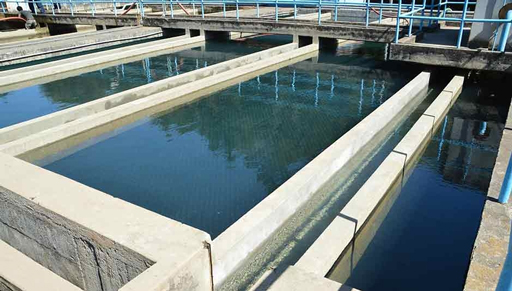1.3.1 Urban water sources
In urban areas, the water supply originates from one of the following basic sources:
- A spring (a point where groundwater emerges at the surface of the ground), from where the water can be piped to consumers. A spring may flow throughout the year or only at times.
- A well or borehole. These may supply individual residences or a large number of houses where the water is delivered through a network of pipes. In addition to this, institutions such as schools, health facilities, religious establishments, small commercial enterprises and industries may have their own water supply system from hand-dug or deep wells.
- Surface water from rivers and lakes, which may be abstracted directly or stored in a reservoir created by building a dam across a river. Abstraction means taking water from the source so that it can be used.
Springs and wells are considered improved sources of water if they are constructed and used in such a way that they adequately protect the water from contamination, especially by faecal matter. Spring or well water is generally used with minimal or no treatment. Surface water is an unimproved source and will require some form of treatment before it is safe to use for drinking. In larger towns and cities, surface water is treated in a water treatment plant before being distributed to consumers. The term raw water is used to describe the water before it is treated. Figure 1.9 shows the plant at Legedadi that supplies water to residents of Addis Ababa. (You will learn about water treatment in Study Session 5.)

1.3 How water gets to people living in towns
